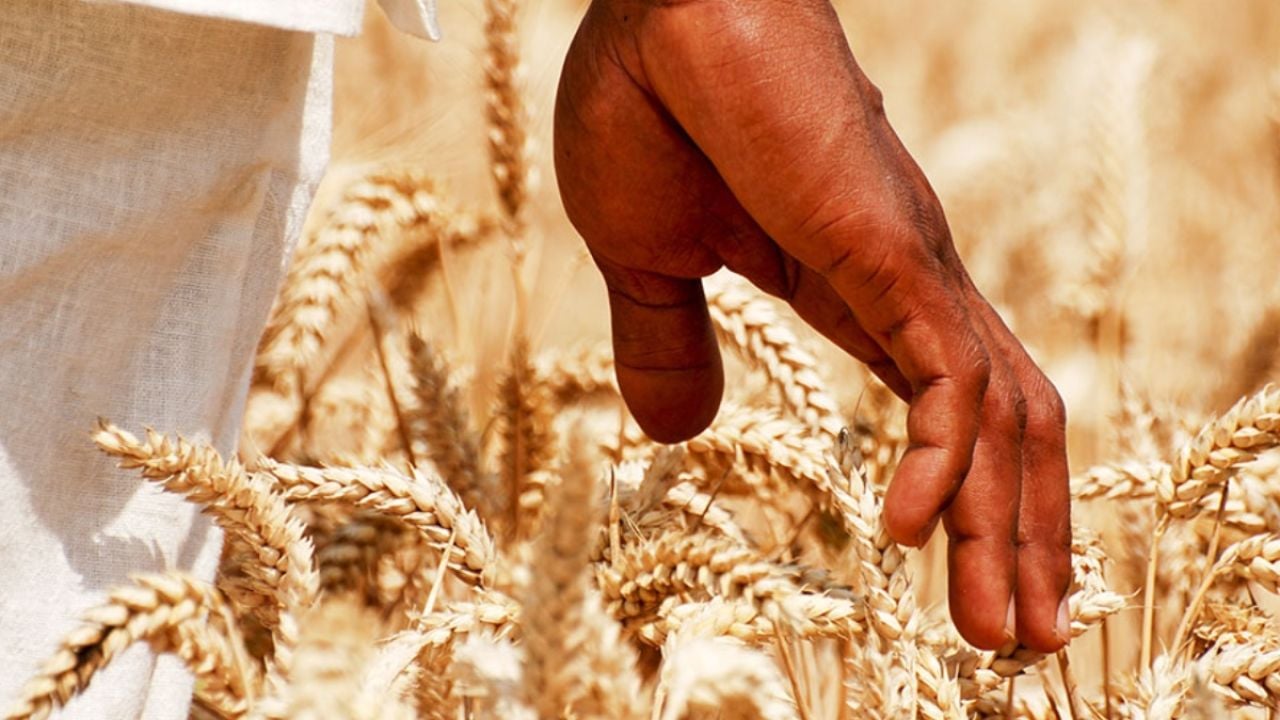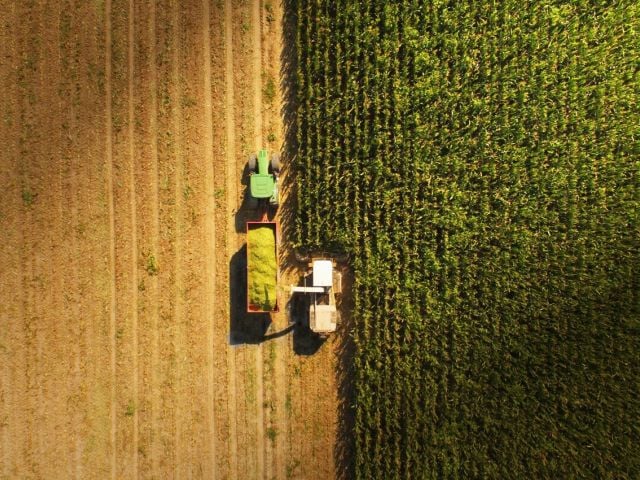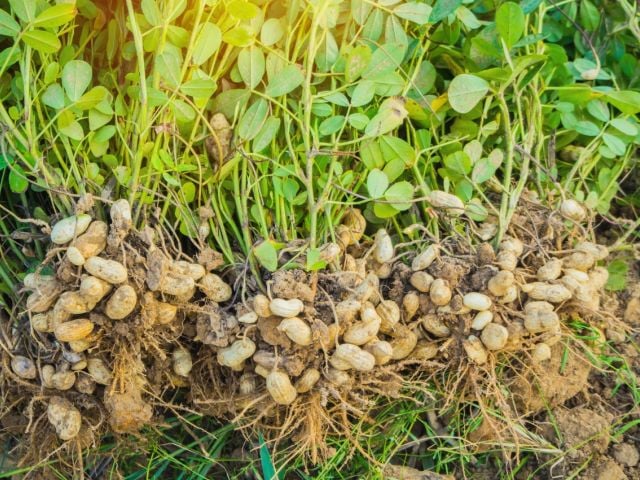
The number of Black farms in the U.S. plummeted by more than 4,000 from 2017 to 2022, yet some farm groups and House Republicans have proposed to tilt the playing field even further against them.
The total number of Black-owned farms was just 28,723 in 2022, a dramatic drop from the 32,910 such farms in 2017, according to the Department of Agriculture’s Census of Agriculture.
And this negative trend could continue if farm groups and lawmakers succeed with their proposal to increase farm subsidies by raising price guarantees for a few major crops. Doing so would make it harder for Black farmers and other farmers of color to compete against larger, legacy neighbors that are more likely to grow these crops.
Price guarantees for major crops like cotton and rice are paid only on lands with a crop production history, or on lands with “base acres.” This refers to a limited number of acres set by the USDA where farmers can receive price guarantees for covered crops.
Black farms by the numbers
Black farmers are far less likely to grow these major crops, according to the Census of Agriculture, and are less likely to own lands with these coveted base acres. One reason that most Black farmers do not grow covered commodities is a long history of discrimination by USDA lending programs.
Black farmers are much more likely to instead produce livestock, which are not eligible for these subsidies, the census shows. More than half of Black farmers raise beef, hogs or poultry, and about 10 percent produce fruits and vegetables, which are also ineligible for subsidies linked to price guarantees.
Only 1,736 Black farmers produced corn and soybeans in 2022, down from 2,317 in 2017. And just 150 produced cotton in 2022, according to the census. These are the types of crops that are eligible for price guarantees.
Farm subsidy programs also benefit the largest farms the most, while Black farmers are more likely to operate smaller farms. Only 1,590 Black farmers operate farms that are greater than 500 acres, according to the USDA. While the average farm size in the U.S. is 463 acres, the average farm run by a Black farmer is 150 acres, and more than half of Black-owned farms are under 50 acres.
Because subsidy payments are tied to acres farmed, even those few Black farmers who grow “covered commodities” like rice and cotton receive smaller payments than their larger neighbors.
Overall, the number of Black farms fell by 4,187 from 2017 to 2022, a drop of nearly 15 percent, according to the census. Between 2017 and 2022, all of the shuttered Black farms were smaller than 500 acres.
During that same period a total of 141,733 farms were lost, however Black-owned farms saw the greatest decrease, by percent lost, out of any racial group.
How the current system works
Farmers growing cotton, rice and other covered commodities get a payment that covers the difference between the price guarantee in the farm bill and the market price. Farmers can only receive a payment on base acres.
In 1996, Congress originally linked base acres to crops planted between 1981 and 1985. But it used subsequent farm bills to change how base acres are calculated. The idea of payments for base acres was designed to encourage farmers to make their planting decisions based upon market conditions, not government programs.
Eligibility to collect subsidies on land with base acres makes farmland with these acres more expensive, so Black farmers and other “limited resource farmers” often cannot afford to buy or rent farmland with base acres. A 2021 Government Accountability Office report found that Black and minority farmers have less access to credit than white farmers.
Increasing reference prices would hurt Black farmers
Some farm groups and legislators have proposed increasing price guarantees for major crops. But the higher price guarantees would mostly benefit fewer than 6,000 farms in a few states, EWG has previously found.
Many Black farmers are located in congressional districts that would benefit from higher reference prices. But few of the Black farmers in these districts grow covered commodities, and livestock sales account for three-fourths or more of the farm sales in these districts.
Higher reference prices would increase the cost of buying and renting land in these states, expanding the economic divide between farmers growing covered commodities on base acres and Black farmers raising animals or producing fruits and vegetables.
Equity Commission recommendations fall short
The USDA’s Equity Commission recognizes linking subsidies to base acres “has locked in historical inequities and discrimination, in ways that cause significant lasting economic harm.”
The commission recently reaffirmed that discrimination by the USDA in the early 1980s has resulted in lower payments to Black farmers.
However, the commission’s final, non-binding recommendations merely suggest that the USDA “consider” redistribution of base acres to address disparities among farms, and to allow Black farmers to update their calculations after making improvements to their farms, such as installing irrigation systems.
The commission’s report also fails to address the disproportionately low number of Black farmers who can afford to participate in the federal crop insurance program, or how increasing reference prices would make a dire situation even worse.
The House Agriculture Committee is planning to vote on the Farm Bill in May, and House Agriculture Committee Chairman G.T. Thompson (R-Pa.) proposed to increase reference prices in a recent framework.



